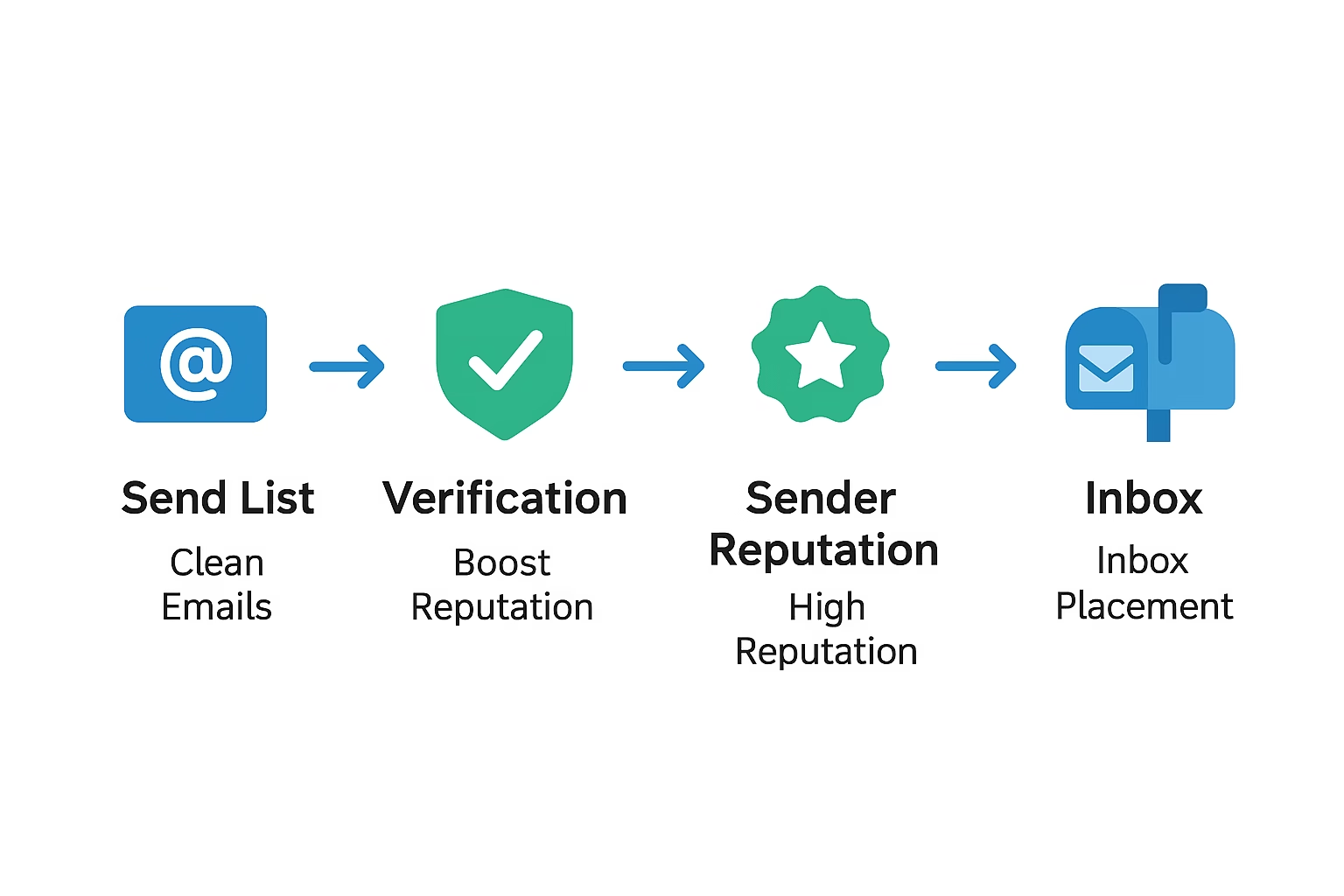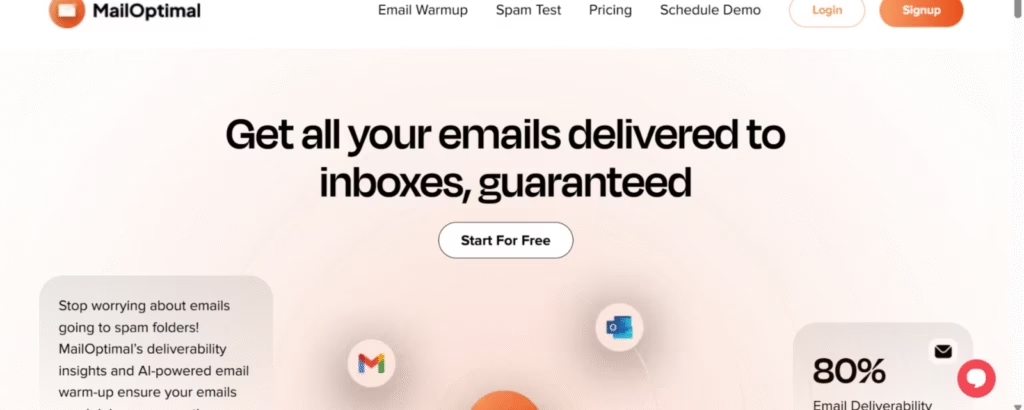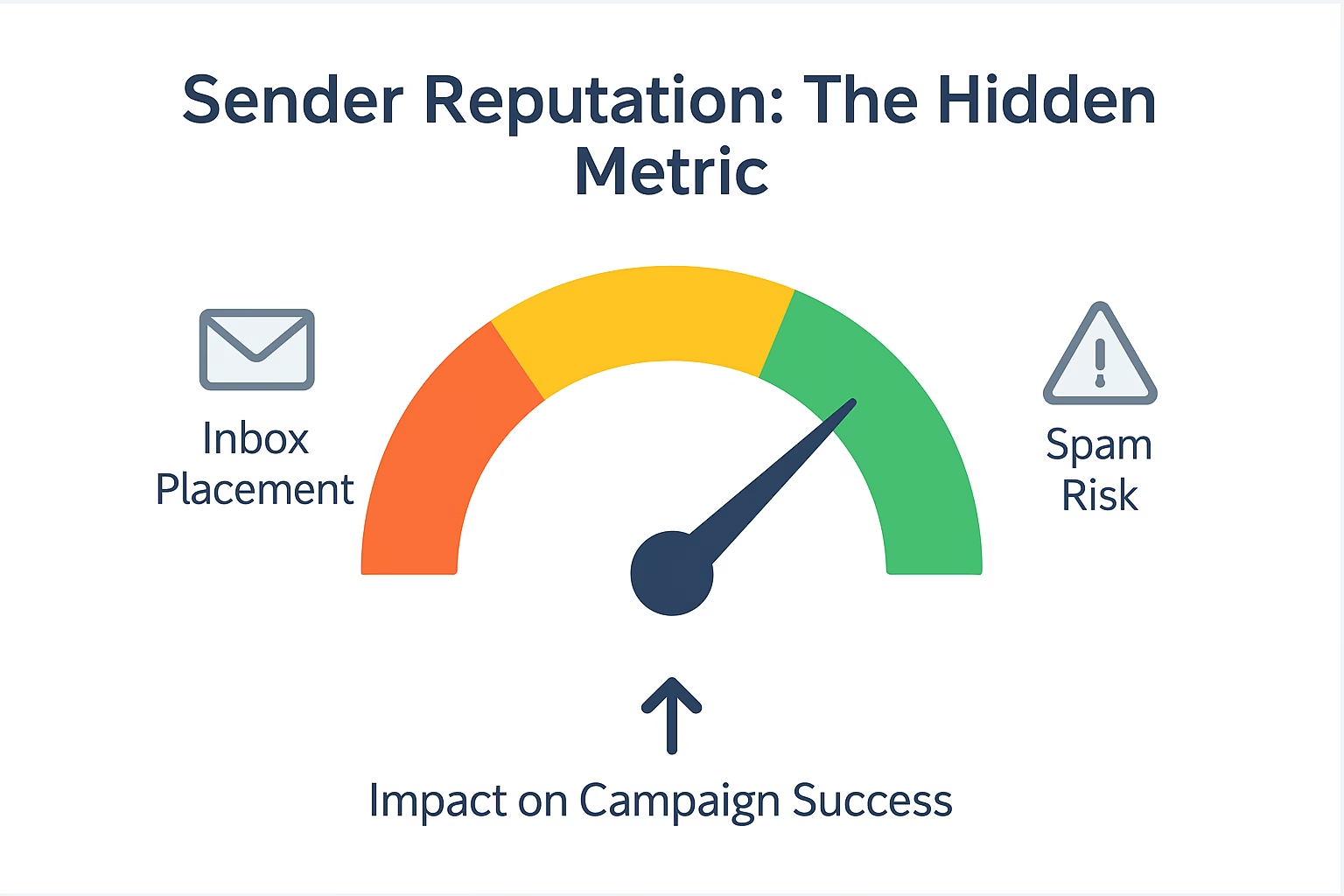Email Verification: When it comes to email marketing, sender reputation is the hidden metric that makes or breaks a campaign. A strong sender reputation ensures email campaigns hit inboxes instead of spam folders, resulting in higher open rates, more engagement, and better ROI. One of the most powerful (and overlooked) ways to protect and improve this reputation is through comprehensive email verification.
Why Sender Reputation Is Critical
Sender reputation is the trust score that mailbox providers assign to your email-sending domain or IP address. This “score” is based on factors like bounce rates, spam complaints, blacklist status, user engagement, and sending behavior. A bad reputation means your messages are filtered to spam or blocked outright—sometimes without you ever knowing.
What Is Email Verification?
Email verification is the process of screening every address on your list and confirming that it exists, is deliverable, and isn’t a risk (such as a spam trap or disposable inbox). Proper verification ensures you’re only emailing real, active, and safe recipients, greatly boosting deliverability and reducing marketing waste.
How Email Verification Impacts Sender Reputation
1. Reduces Bounce Rates
High bounce rates are a red flag for ISPs and ESPs. They indicate a careless or outdated list, which quickly leads to lower sender scores. Email verification tools clean out invalid or inactive addresses, drastically lowering bounces and helping maintain reputation.
2. Stops Spam Traps and Blacklisting
Spam traps lurk in unverified lists, waiting to catch marketers using poor list hygiene. Hitting a spam trap can cause immediate blacklisting, severely damaging the sender’s reputation. Proper email verification weeds out these traps, lowering risk and protecting future campaigns.
3. Builds Engagement and Trust
A healthy, verified list means more emails reach genuine recipients—those who are likely to open, click, and interact. Higher engagement signals reliability and trust to mailbox providers, further boosting reputation and inbox placement.
4. Ensures Compliance and Protects Brand Integrity

Email marketing has strict compliance standards (GDPR, CAN-SPAM). Sending to valid, opted-in addresses is not just best practice—it’s often the law. Verification supports compliance, protects against penalties, and preserves brand image.
5. Maximizes ROI by Avoiding Waste
Every invalid address represents wasted spend when sending campaigns. Email verification keeps your list lean, efficient, and focused, ensuring resources are only directed toward real prospects with real conversion potential.
The Email Verification Process with MailOptimal
MailOptimal offers an end-to-end solution for improving sender reputation:
- Deep List Validation: Checks for invalid, risky, and role-based addresses.
- Spam Trap Detection: Proactively identifies and removes common traps.
- Deliverability Monitoring: Provides real-time sender reputation analytics and inbox placement reports.
- Blacklist Alerts: Notifies you instantly if a sending domain lands on known blacklists.
- Automated Warmup Integration: Combines verification with safe mailbox warmup for domain/IP health over time.
Using MailOptimal means agencies and solopreneurs never have to guess about list quality or sender reputation again.
Best Practices for Using Email Verification to Protect Sender Reputation
- Verify all new email addresses before adding to your master list.
- Re-verify lists regularly, especially before sending major campaigns.
- Monitor for blacklisted or suppressed addresses after each campaign.
- Use engagement analytics to prune unresponsive contacts.
- Pair verification with ongoing deliverability monitoring and warmup features for the best results.
Frequently Asked Questions (FAQs): Email Verification
1. How often should email lists be verified?
Lists should be verified before every major campaign, after significant list growth, or every 2-3 months to ensure optimal sender reputation.
2. Can verification guarantee inbox placement?
Verification is a decisive step, but not a guarantee—other factors like content, frequency, and authentication still affect deliverability.
3. Does email verification remove spam traps?
Quality verification detects most common traps, but ongoing list hygiene and not using purchased lists are also critical.
4. How is email verification different from list cleaning?
Verification confirms validity and deliverability, while list cleaning may include engagement pruning (removing inactive or unengaged but valid emails).
5. Does MailOptimal automate the detection of high-risk emails?
Yes, MailOptimal checks for invalid, risky, and suspicious addresses as part of its verification workflow, alerting users to potential threats in real-time.

A strong sender reputation is built on data accuracy, compliance, and proactive deliverability practices. Implementing robust email verification with MailOptimal is a fundamental investment for every serious marketer. Protect your campaigns, maximize ROI, and maintain a spotless sender reputation with every send.
Email Deliverability Tools: Top 8 Email Deliverability Tools to Land Your Emails in the Inbox

